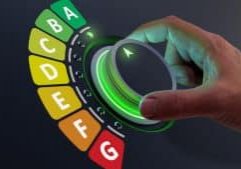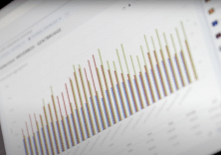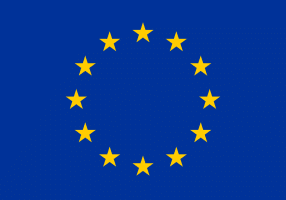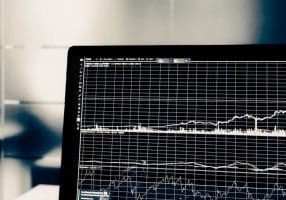Smart grids, P2P energy trading, smart contracts…. These are buzzwords that most of us have come across and they have been trending for quite some time, partly in thanks to blockchain technology. From smart-IoT billing to green certificates and carbon trading, blockchain has tremendous potential to truly revolutionize the energy sector. Perusing the plethora of use-cases of blockchain in the energy sector, one might think, can it also revolutionize the sector of demand response as well? Let’s dive into it to see.

A blockchain is a form of distributed ledger technology where all the participants keep a copy of the transaction records. When new transactions are to be added, it is done through a process called consensus or collective decision-making in laymen’s terms. Now you may have heard that using blockchain brings decentralization. This is exactly what it means. Since all participants hold a copy of records and new records are added after a collective “yes,” no single party owns the network to jeopardize the records or decision-making integrity for its selfish gains.
However, there is one “caveat”. This system works as long as more than half of the participants remain truthful. To incentivize this behavior, many blockchains have various rewards-penalty mechanisms, and of-course depending on the type of “consensus”, more than 50% truthful behavior can be achieved through various means (stakes, authority, voting, etc.)
Now we know the basics, let’s see how we can use it in the energy sector. For this, we will be focusing on Energy Demand Response as a use-case. In the context of smart grids, Demand Response (DR) is used to manage energy imbalance by smoothing consumption peaks through voluntary rationing of energy by participants. In laymen’s terms, you get paid for reducing your power consumption during peak energy demand.
In general, a typical DR session can be seen as a 3 events process i.e., DR-allotment, DR-monitoring, and DR-settlement. The first event i.e., DR-allotment is the first step where the proposer (energy provider) asks the participants for their intent in the participation. Once gathering all bids, he allocates different quotas. Because this process is centralized, the proposer can easily favor any one participant because allocation remains opaque with little to no traceability. Here, blockchain can be easily leveraged to decentralize this decision making-process for allocation, owing to its consensus-based decisions.
The second event, i.e., DR-Monitoring is the process of monitoring the energy consumption of the allotted participants over a period of time. Here, blockchain’s immutability property perfectly fits to record any system anomalies, the energy consumption logs, certifying that indeed certain event genuinely took place at a particular time. The energy consumption logs, once stored on a blockchain, cannot be tampered with by either party (participant or the proposer). The logs could be further secured with a hardware root of trust I.e., using trusted hardware to record energy consumption values.
The last and final event, i.e., DR-Settlement is the process where the participants are finally paid according to pre-agreed conditions. Here, leveraging smart-contracts (computer codes implementing contractual obligations) can not only automate the payment leading to faster payouts but also can guarantee the payment if energy consumption was indeed reduced following the DR signal.
For the techies out there, the whole process is beautifully elaborated in “Blockchain Based Decentralized Framework for Energy Demand Response Marketplace.”
Thus to conclude, blockchain does not solve new problems, it solves the old problems in a novel way. Along that line, it also adds more transparency, as a desirable side-effect. Following this, a new ecosystem of energy blockchain start-ups is emerging, and venture capital, so far, has raised over US$1b to scale business models of the future. METRON, as an emerging leader in this field, has embraced this change and actively evaluates the power of decentralized technologies to further improve the trustability and efficiency of energy-intelligence.
By Dr. Varun Deshpande, Ph.D. in Blockchain, Secure Elements.













